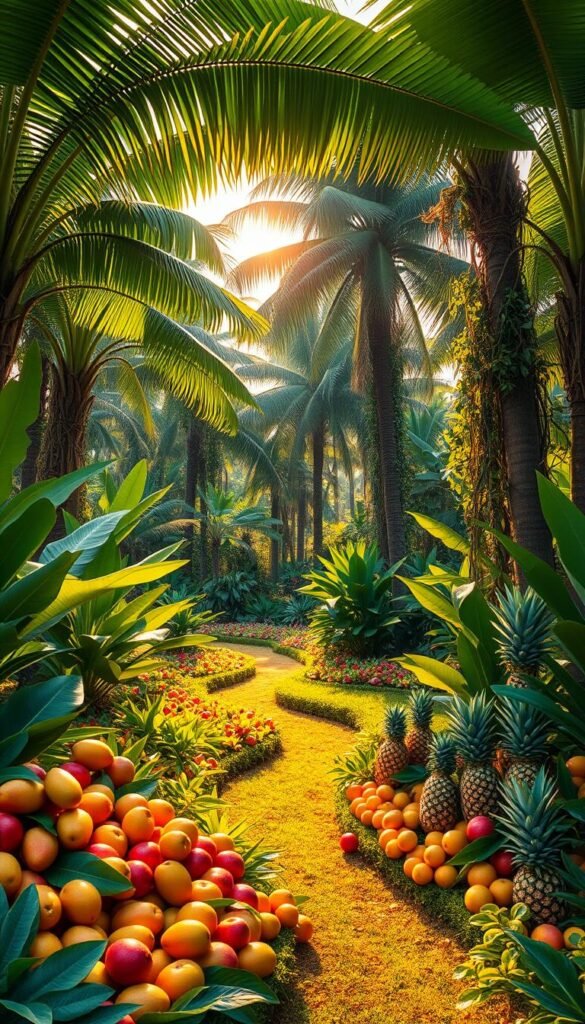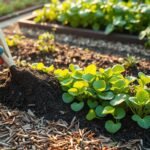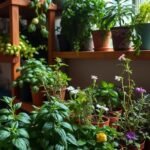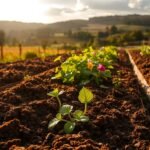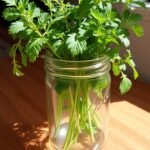Imagine stepping outside to pluck sun-warmed treats from your own backyard. With the right selections, you can craft a vibrant edible landscape that delights the senses and fills your kitchen with nature’s candy. Whether you’re in Florida or another warm climate, certain plants thrive while adding striking visual appeal.
Popular options like mango and avocado trees offer more than shade – their glossy leaves and colorful harvests create living art. For smaller spaces, compact varieties from trusted growers like Everglades Farm (rated 4.48/5 by 137 gardeners) make it easy to start. Their dwarf citrus selections, including fragrant Key Lime trees, pair beautifully with flowering plants that attract hummingbirds.
Beyond classic favorites, unusual specimens like lychee and passionfruit vines add intrigue. These conversation starters produce flavors you won’t find in stores, ripening perfectly when homegrown. Many varieties offer multiple rewards – banana plants provide dramatic foliage and sweet clusters, while soursop trees yield both unique fruits and medicinal leaves.
Ready to explore possibilities? Our friends at Straders Network share success stories using Cavendish bananas and ornamental citrus to create stunning edible displays. With proper care and strategic plant choices, you’ll soon enjoy nature’s sweetest rewards steps from your door.
Overview of Your Tropical Fruit Garden Adventure
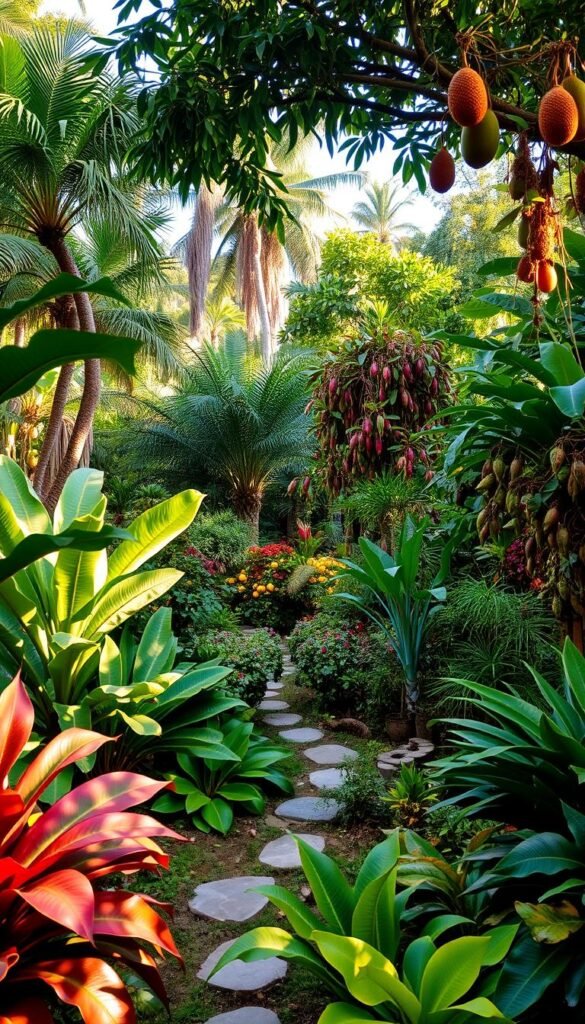
Creating a vibrant edible space brings more than fresh snacks – it crafts a living storybook of flavors and textures. These lush landscapes thrive in warm conditions, blending practicality with natural artistry that evolves through seasons.
What Makes These Plants Stand Out
Unlike traditional options, these green companions create self-contained ecosystems. Their glossy leaves and fragrant blossoms attract pollinators year-round, while colorful harvests add drama to your space. Many varieties adapt well to containers, letting you customize arrangements based on your climate.
Evergreen foliage maintains visual interest even when not fruiting. Architectural shapes like banana leaves or guava branches become natural focal points. You’ll notice microclimates forming as taller plants shelter smaller ones – nature’s own design team at work.
Why Grow Uncommon Varieties?
Beyond beauty, these plants offer edible rewards you can’t buy at stores. Imagine sharing star-shaped carambola or velvety sapodilla with your family. Each bite delivers unique nutritional profiles packed with antioxidants rarely found in common produce.
Growing these specimens connects you to global traditions. A single mango tree might spark conversations about Indian chutneys or Filipino shakes. Children learn biology through hands-on care, while adults enjoy stress-relieving gardening sessions. Best part? Many start bearing within 3 years – faster than most fruit trees.
Selecting the Right Fruit Trees for Your Climate
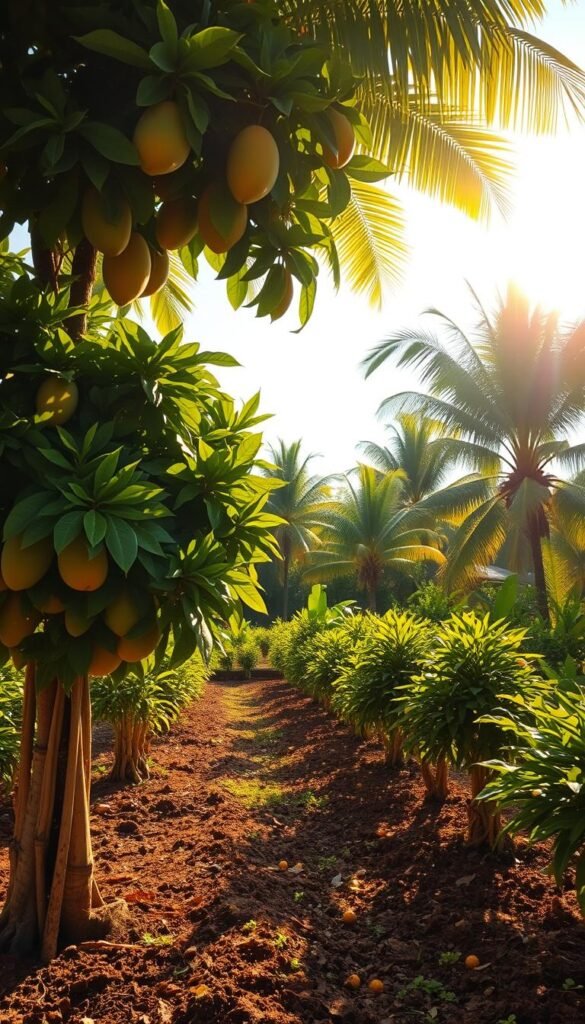
Your success starts with matching plants to your environment. Three factors make or break growth: sunlight access, earth quality, and smart spacing. Get these right, and you’ll watch your green investments flourish.
Understanding Full Sun and Well-Drained Soil Needs
Most productive specimens demand 6-8 hours of direct sun daily. Without enough light, flowering gets delayed and fruits lack sweetness. Test your yard’s sun patterns using free apps like Sun Seeker before planting.
Well-drained soil prevents soggy roots – a death sentence for many plants. Dig a 12-inch hole and fill it with water. If it drains slower than 2 inches per hour, mix in compost or sand. Local extension offices often provide free soil testing kits to check pH and nutrients.
Space, Climate, and Maintenance Considerations
Map your available space against mature tree sizes. Dwarf citrus fits patios, while mangoes need 30-foot spreads. Research your USDA zone and microclimates – a south-facing wall might create a warmer pocket for marginal climates.
Maintenance varies by variety. Some types need weekly pruning; others thrive on neglect. Chat with neighbors growing similar plants or visit trusted nurseries for region-specific advice. Remember: proper planning today means sweeter harvests tomorrow.
Must-Have Mango, Avocado, and Guava Trees for Vibrant Flavors
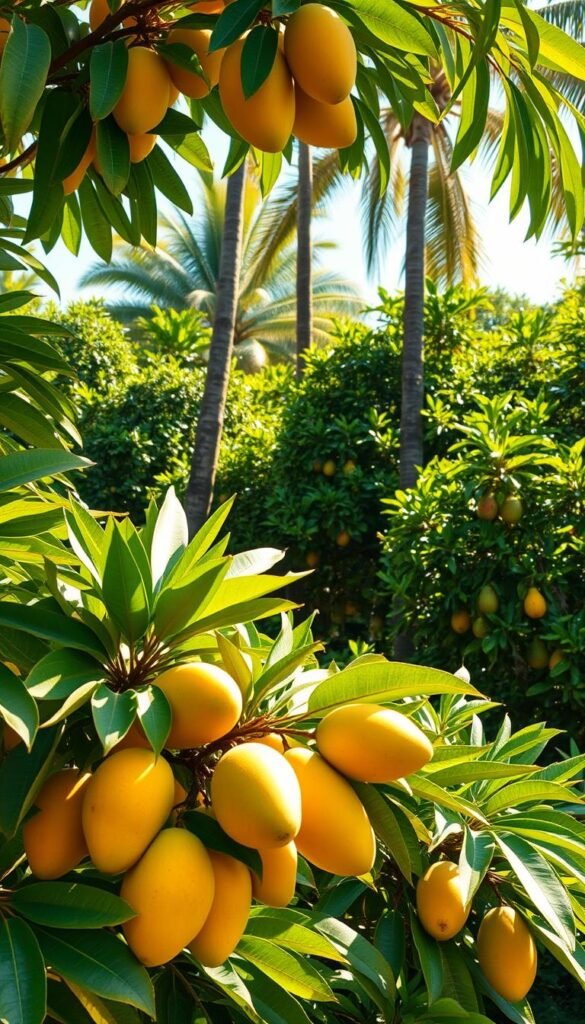
Three superstar specimens deliver both visual drama and mouthwatering rewards. These productive favorites adapt well to warm climates while offering distinct textures and tastes that elevate everyday meals.
Mango Tree Essentials for Juicy Harvests
Alphonso mangoes set the gold standard with their honey-like sweetness. Plant these sun-lovers in sandy loam soil for best results. Young trees need weekly watering, while established ones thrive on monthly deep soakings.
Prune after harvest to maintain 15-foot heights. Protect blossoms from late frosts with breathable fabric. You’ll taste the difference between homegrown and store-bought varieties immediately – richer flavors develop when fruits ripen naturally.
Avocado and Guava: Care Tips for Optimal Yields
Pair ‘Hass’ and ‘Fuerte’ avocado types for extended harvests. Their creamy fruits prefer slightly acidic soil. Add mulch to retain moisture without waterlogging roots. Guavas ask little beyond annual pruning – their pink-fleshed treats resist most pests naturally.
| Tree Type | First Harvest | Soil Preference | Key Benefit |
|---|---|---|---|
| Mango | 2-3 years | Well-drained | 200+ fruits/year |
| Avocado | 3-4 years | Loamy | Year-round crops |
| Guava | 2-4 years | Various | Disease-resistant |
Space these trees 20 feet apart for proper airflow. Use citrus-specific fertilizer for mangoes and avocados, while guavas flourish with balanced 10-10-10 mixes. Within seasons, you’ll enjoy nature’s candy straight from the branch.
Exploring Exotic Tropical Fruits: Lychee, Fig, Banana, and Soursop
Transform your outdoor space into a living pantry bursting with uncommon flavors. These distinctive specimens blend striking visual appeal with tastes you won’t find at grocery stores. With proper care, they’ll reward you with both beauty and edible treasures.
Cultivating Lychee and Fig Trees in Your Garden
Lychee trees dazzle with pink-red shells hiding juicy flesh. They thrive in acidic soil and full sun, though they require patience – your first harvest comes in 3-5 years. Figs prove easier, producing sweet berries within 2-3 seasons. Both plants need well-drained earth and benefit from spring pruning.
Banana and Soursop: Turning Your Yard into a Tropical Paradise
Banana plants deliver fast gratification, bearing fruit in under a year. Their broad leaves create instant drama while sheltering smaller trees. Soursop offers dual perks – creamy flavor and antioxidants linked to wellness. Both thrive in warm climates but adapt to containers in cooler zones.
Consider adding bush sour cherries for tart contrast to sweet fruits. These compact plants bloom with white flowers before yielding ruby gems. Whether you prioritize taste or health benefits, these uncommon varieties make every harvest an adventure.
